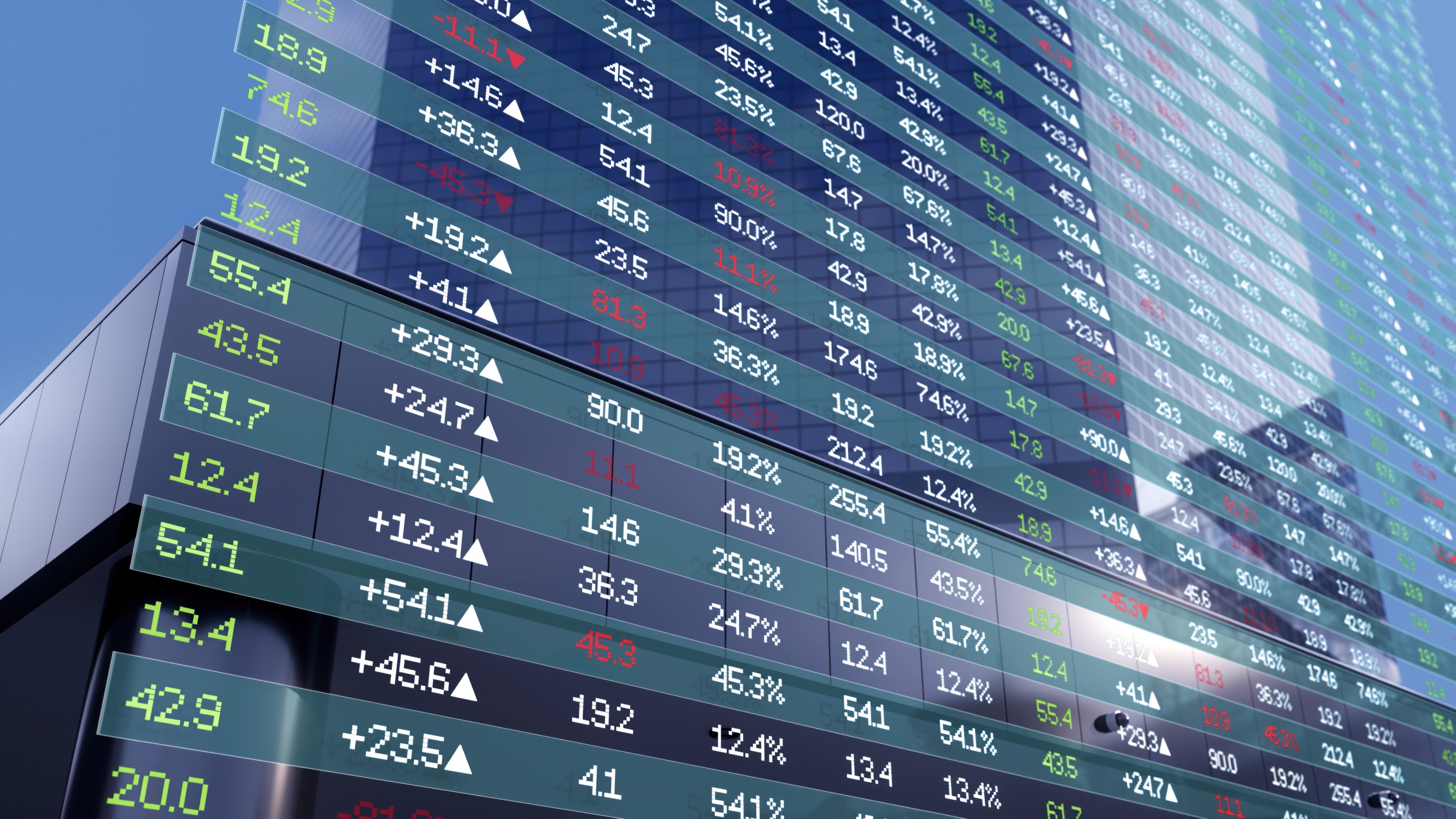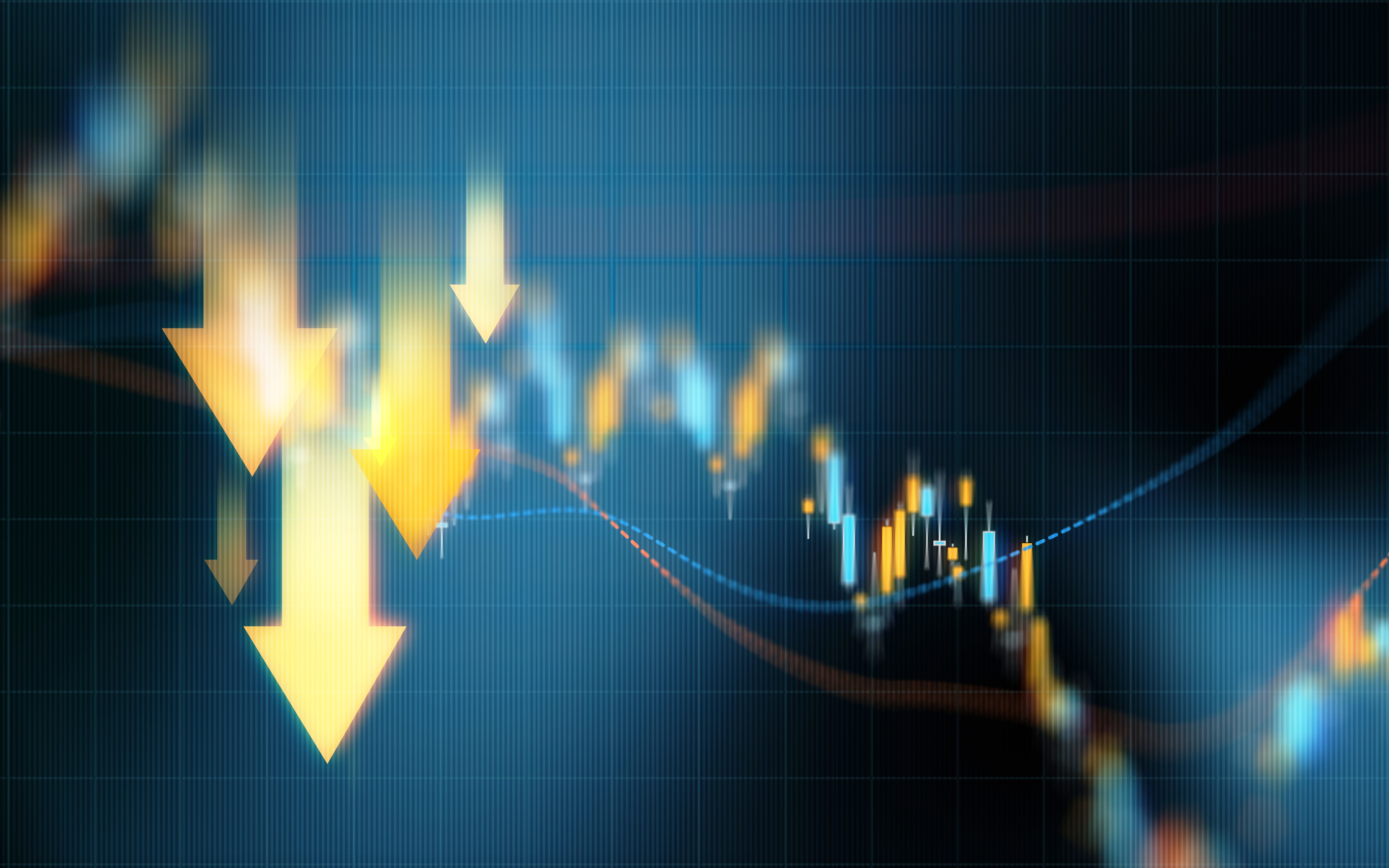Understanding the Dynamics of Commodity Markets
Introduction to Commodity Markets
Commodity markets play a critical role in the global economy, influencing everything from the price of your morning coffee to the cost of building a new home. Understanding these markets can provide valuable insights into economic trends and investment opportunities. Whether you're an investor, a business owner, or simply someone interested in economics, comprehending the dynamics of commodity markets is essential.

What Are Commodity Markets?
Commodity markets are platforms where raw or primary products are exchanged. These commodities are typically divided into two categories: hard commodities, which include natural resources such as gold, oil, and rubber, and soft commodities, which include agricultural products like wheat, coffee, and sugar. Trading in these markets can be done through futures contracts, spot trading, or options.
The Role of Supply and Demand
The fundamental principle driving commodity markets is the law of supply and demand. When supply exceeds demand, prices tend to fall, and when demand outstrips supply, prices rise. Factors influencing supply and demand include weather patterns, geopolitical events, and technological advancements. Understanding these factors can help predict market movements and make informed trading decisions.

Key Players in Commodity Markets
The commodity markets are comprised of several key players, including producers, consumers, speculators, and hedgers. Producers are those who extract or cultivate commodities, while consumers are businesses or individuals who use these commodities. Speculators aim to profit from price fluctuations, and hedgers seek to minimize risk by locking in prices through contracts.
Speculation vs. Hedging
Speculation involves taking positions in commodity markets based on predicted price movements. Speculators provide liquidity to the markets but can also contribute to volatility. Hedging, on the other hand, is a strategy used to protect against unfavorable price changes. By understanding the difference between these strategies, participants can better navigate the complexities of commodity trading.

Impact of Global Events
Global events can significantly impact commodity markets. Political instability in oil-rich regions can lead to price spikes, while trade agreements can open up new markets for agricultural products. Additionally, economic policies such as tariffs and subsidies can alter the competitive landscape. Keeping abreast of global developments is crucial for anyone involved in commodity markets.
Technology and Commodity Markets
Technological advancements have transformed commodity markets over the years. From improved extraction techniques to digital trading platforms, technology plays a vital role in shaping market dynamics. The use of artificial intelligence and big data analytics has further enhanced market analysis, providing traders with tools to make data-driven decisions.
Conclusion
Understanding the dynamics of commodity markets is essential for anyone looking to engage with these complex systems. By grasping the fundamentals of supply and demand, recognizing the roles of key market players, and staying informed about global events and technological advancements, individuals can better navigate these volatile yet rewarding markets. Whether for investment or business strategy, a solid understanding of commodity markets can provide a significant advantage.
